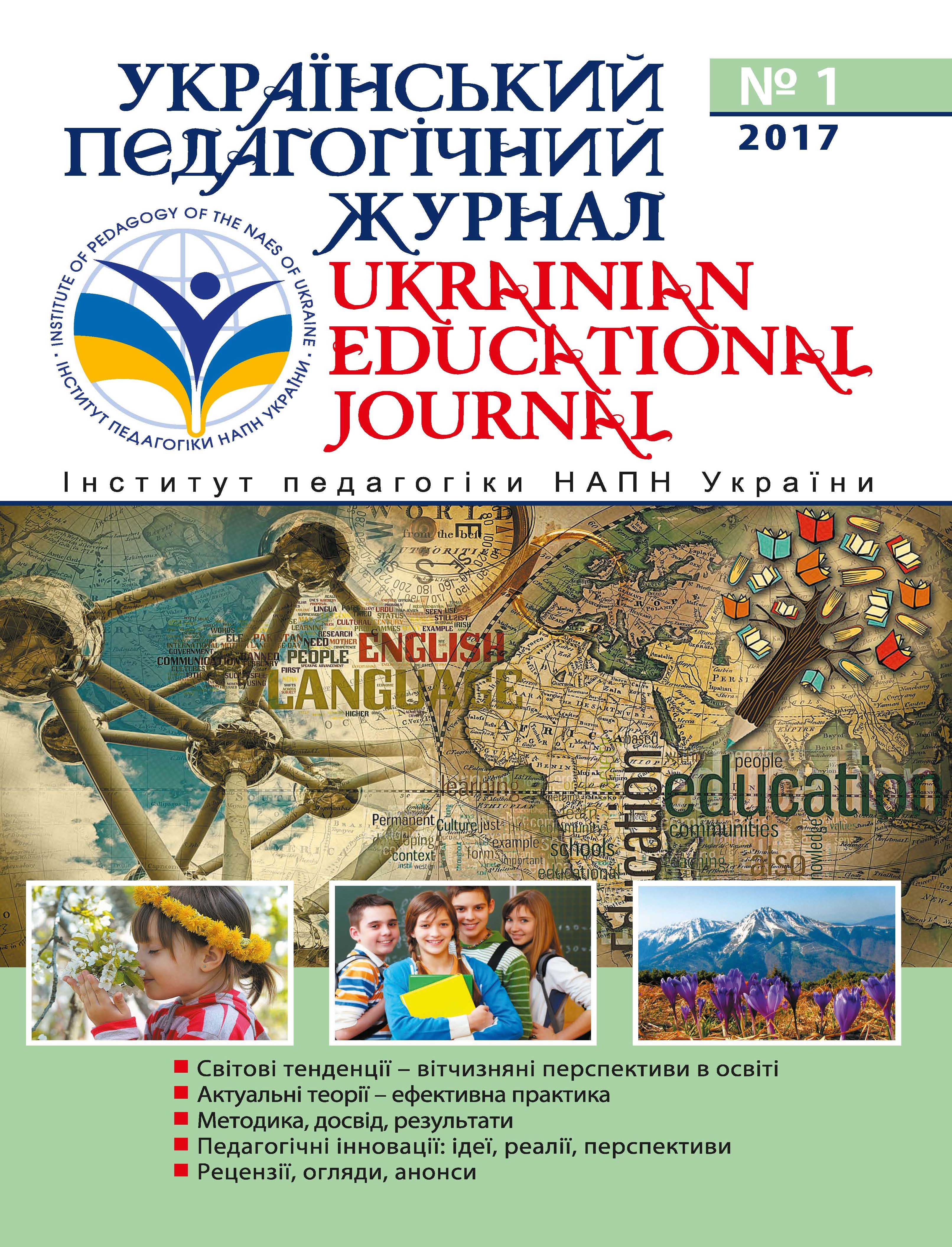Abstract
The aim of this article is to demonstrate that the interactive strategies that teach learning through cooperation give students the chance to work together in a helpful climate and mutual support. Cooperation means a close relationship between the partners, it develops attitudes and behaviour based on trust, being in favour of the positive attitude towards learning and also school. Interactive learning is a special form of school learning, appeared from the necessity of keeping up with the new transformations in the socio-human activity. The person who learns actively is his own initiator and organizer of learning experiences, capable of permanently reorganizing and redesigning his own acquisitions. Modern educational theories emphasize the fact that school has an essential role in training responsable citizens, aware of their role in the social and spiritual life of the contemporaneity. The educational process is an active one, where learning becomes efficient.
Considering the riotous change of the society, our students need the capacity to select information and to choose what is or is not essential for their interests. They must understand the connection between pieces of information, discover their meaning and reject the ones that are not interesting. An important objective followed in our students’ evolution is developing their critical thinking and we can do that by using specially some active-participative learning strategies. These strategies represent a superior level in the hierarchy of didactic strategies, but they mustn’t be separated from traditional strategies. In order to develop the students’ critical thinking, the teacher must offer a suitable teaching approach, good for active and interactive learning, using efficient methods and techniques. By active-participative methods we understand those situations or actual active methods when students are transformed from the object of learning into active subjects, participating themselves at their own training. We consider activearticipative methods all those methods that help bringing together the student’s energies, focus, interest and curiosity in the lesson, that stimulates his imagination, understanding, power of anticipation, memory, etc.

This work is licensed under a Creative Commons Attribution 4.0 International License.

